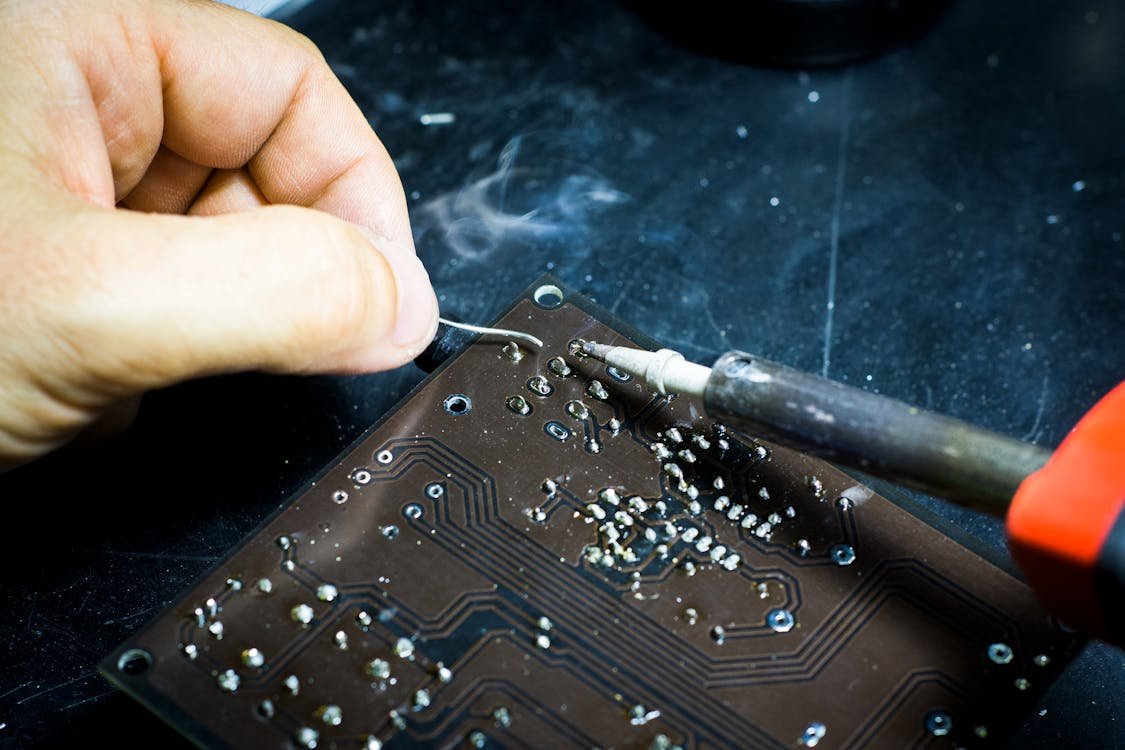Flux wire is one of the most widely applied welding materials for its versatility and efficacy. Whether you are a professional welder or just an amateur, knowledge regarding the properties, usages, and advantages of flux wire will play an important role in choosing the right material for your projects.
In this article, we will break down what flux wire is, how it works, and why it is the most popular choice for several welding applications.
What is Flux Wire?
Flux wire, or more commonly known as flux-cored wire, is a welding wire with the main core filled by flux material. The core of flux wire emits gases during the welding cycle, thus there is no extra need for an external shielding gas. This way, it is highly effective in many applications, especially where there are windy or outdoor conditions.
How Does Flux Wire Work?
The flux core melts together with the wire due to heating in welding, which forms a protective gas shield around the weld pool. It prevents contamination by oxygen, nitrogen, and other atmospheric elements, thus making the weld clean and strong.
There are two major types of flux-cored wires:
Self-Shielded Flux-Cored Wire (FCAW-S): The wire does not require an external shielding gas. This makes it versatile and produces excellent results out of doors.
Gas-Shielded Flux-Cored Wire (FCAW-G): It requires an external shielding gas coming from outside the environment to be more precise and controlled.
Advantages of Flux Wire Usage
Flux wire has numerous benefits that make it very advantageous to welders:
No External Gas Required (Self-Shielded Flux Wire): This lowers the equipment costs and makes welding setup easy.
High Deposition Rate: Flux wire holds more allowance on welding speed, thereby increasing production rates.
Versatility: Flux core welding is suitable for both heavy metals and light metals, such as mild steel, stainless steel, and cast iron.
Operating in Wind: The gas formed by the flux core keeps the flux wire away from contamination even on a bad day.
Ease of Manipulation for Beginners: Flux wire welding is easier to handle and thus more popular with entry-level welding machines.
Flux Wire Application
Flux wire has been applied variously in several industries:
Construction: Suitable for heavy-duty welding. Examples include structural steelwork or pipelines.
Automotive Repairs: Thin material to weld over, such as car body panels.
DIY and Hobby Projects: Esveld’s are used by hobbyists to weld a variety of things at home.
Shipbuilding: High-strength welding in a marine environment.
Choosing the Correct Flux Wire
Achieving optimal performance requires selection of the right flux wire. In making this selection, consider the following:
Material Type: Ensure the wire composition is in line with the base metal such as mild steel, stainless steel.
Wire Diameter: Ascertained an appropriate diameter for the specific material’s thickness
Position: There are flux wires that are preferred for a flat position, overhead, or vertical
Environment: The self-shielded flux wire is useful for outdoor environments. However, gas-shielded wires are ideal for controlled environments in buildings.
Conclusion
Flux wire is a game-changer in the world of welding, offering flexibility, efficiency, and reliability. Its ability to perform without external shielding gas, especially in challenging environments, makes it an invaluable tool for professionals and hobbyists alike.
By understanding the types, advantages, and applications of flux wire, you can make informed decisions for your welding projects, ensuring precision and durability every time.
Embrace the power of flux wire and elevate your welding skills today!
